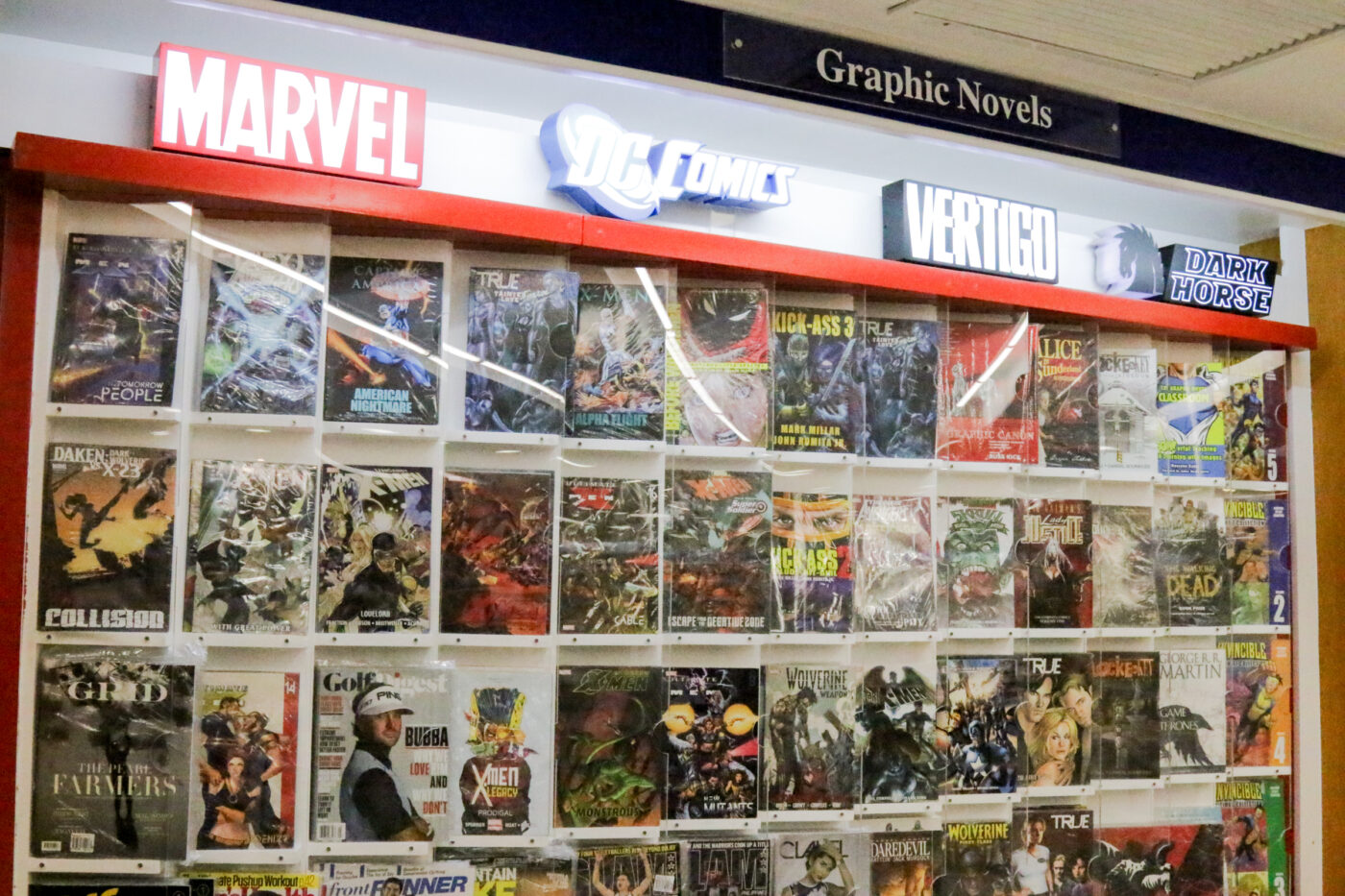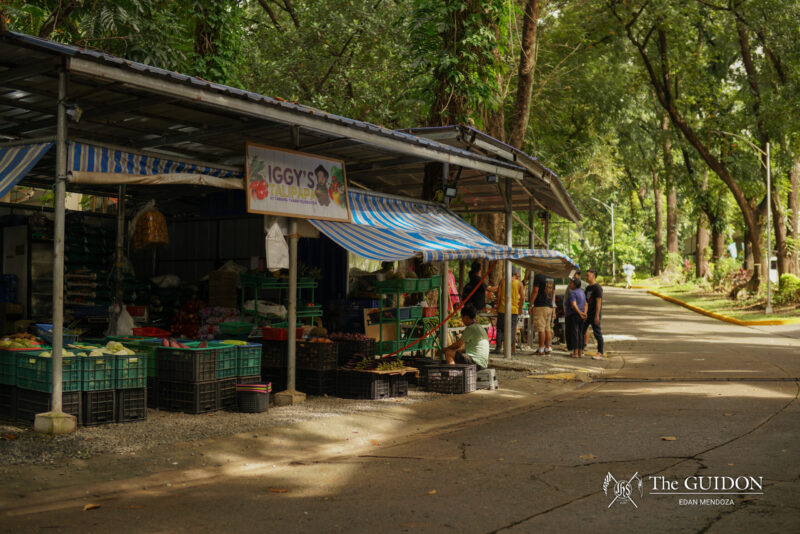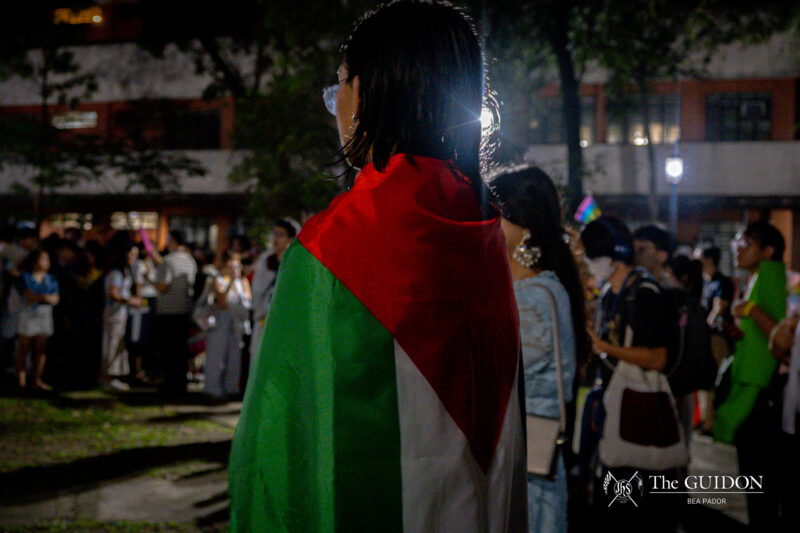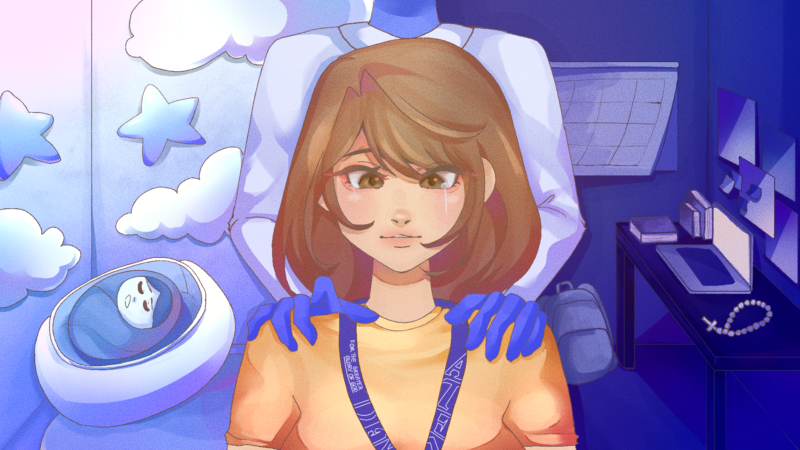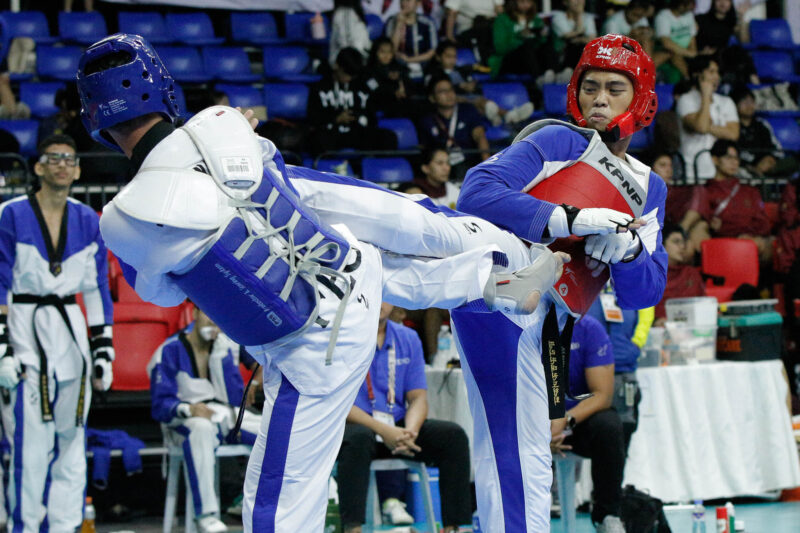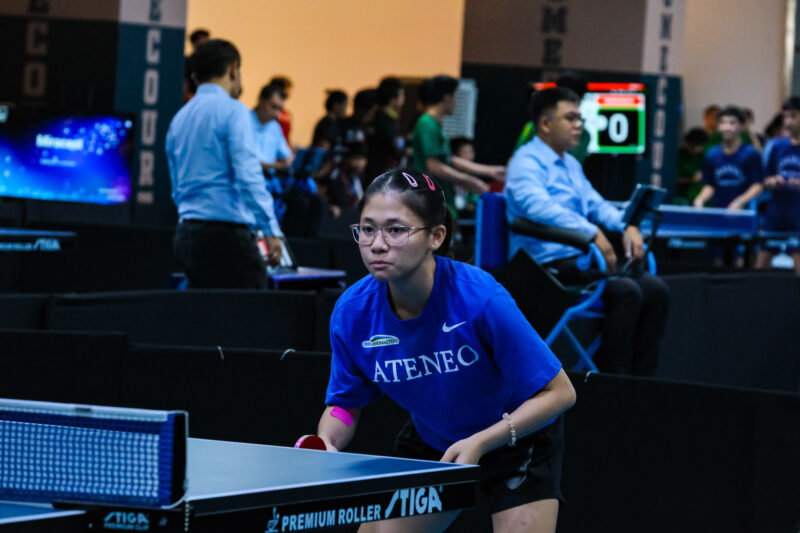Some time in the middle of the latest season of Game of Thrones, a single page comic strip of the character Jon Snow appeared on Facebook. The first panel includes the famous line from the show, “You know nothing, Jon Snow,” to which he replies with the popular Filipino trope, “Puta, edi wow!”
The unexpected and witty pairing of two well-known memes prompted Filipinos on social media to “like” and “share” the post, allowing it to spread quickly throughout the Internet. This drew attention and praise to Libreng Komiks, a local Facebook page that posts comics filled with sharp humor and pop culture savvy. As the name suggests, the comics are completely free as they are distributed entirely online.
Local comic creators have been capitalizing on the efficiency and convenience of the Internet more and more, as a means to reach consumers. This is seen in Emiliana Kampilan’s Dead Balagtas, which also utilizes Facebook, and Pol Medina Jr.’s Pugad Baboy, which is now being distributed by Rappler.
However, like with any other form of art, uploading work online is a double-edged sword. While the Internet is perhaps the fastest way to reach consumers, it is almost impossible for an artist to turn a profit by relying solely on posting their comics on the Internet.
Social media, in particular, has brought a new wrinkle to the Filipino comic industry, bringing with it challenges and opportunities for local artists. As they face the difficulties of both the industry and the newer online platforms, their responses through the way they style and distribute their works are proof of an evolving industry for this particular art form.
Trender blender
From Coco Martin’s “Yun oh!” to Vice Ganda’s showbiz antics, local memes have generated a high rate of popularity on social media platforms. Specifically, Filipino memes often point to widespread behaviors and customs, current events, recent movies, ongoing local TV shows, and other sources of popular culture that stir the attention of Filipino users of social media.
This very same strategy of utilizing television viewers’ “relatability” is present in Filipino comics. Comics are often fun and light-hearted, and have the tendency to convey messages beyond their captions or speech bubbles.
However, according to Libreng Komiks creator Toto Madayag, the convenience of sharing posts in an instant also leaves less room for originality and more room for the redundancy of ideas. “I think there is a real problem reaching audiences that are so used to sharing commonplace content from a lot of copy-paste pages,” he says.
According to him, this culture of accepting only trending ideas is a barrier to originality. “Unless you copy a joke from a celebrity who is trending or talk about trending topics, you won’t get anywhere,” says Madayag.
Another challenge presented by the increasing popularity of the online medium is sustainability, or the need to make a profit. Ace Vitangcol, an instructor from the Fine Arts Program and creator of the Love is in the Bag series, says, “To have a long career in comics, you need to consider the financial side. Anyone who tells you to ‘not let money get in the way of your passion’ is either naïve or is someone already getting paid handsomely for their work.”
Vitangcol notes that there is little money to be made by posting comics on social media. “If anything, comics consumption on social media is a free affair, with no monetary benefits going to the author,” he says. Social media, as he believes, is a great tool for reaching out to consumers, but not as a means for financial success.
Identity crisis
With the Internet’s meme culture allowing foreign and especially Western influences to shape local comics, a point of discussion becoming increasingly relevant to the art form is about what makes local comics distinctly our own.
Michelle Cervantes, a regular contributor for the Young Star section of The Philippine Star, notes that a challenge for local artists is to get consumers past the “Western comics are better” mindset. Identifying what makes our comics specifically ours would perhaps lead to better attention to and appreciation for Filipino comics.
Cervantes says that Filipinos have a distinct sense of humor, which, combined with our culture, gives our comics “an interesting kick.” Madayag himself often includes local topics and issues, such as the constant traffic problems in the Metro, which appeal specifically to a good number of Filipinos.
Vitangcol mentions that since the Filipino people generally are flexible and diverse, our stories take on these characteristics as well. “We are the perfect melting pot of East and West influences, while still retaining a local culture that is easily identifiable as Pinoy,” he says. Filipinos’ works can have Western or Manga roots, while still being identifiable as Filipino.
He notes, however, that this flexibility is what can make it difficult to define exactly what makes our comics distinct. Creative writing senior and comic book enthusiast Carlos Tabunda believes that there is no single distinctly Filipino style of comics, noting the differences between Kikomachine, a whimsical comedy strip written predominantly in Tagalog, and Trese, a dark crime series written in English.
Vitangcol suggests that the ambiguity of what makes our comics distinctly Filipino may serve as motivation for local comic creators to gradually find our culture’s defining aspects for the art form. “In this case, I think the journey is more important than the destination, as it has allowed for some truly great pieces of literature and art,” he says.
Bridging the gap
Despite the many impediments faced by artists in their efforts to get their message across to their audiences, circulation has become much more manageable; social media networks are a great environment for artists seeking exposure. By simply exhibiting one’s work to the public, one can build relationships and chance upon various opportunities that may one day lead to the success of a comic.
The rapid exchange of online comics has proven to be quite vital in promoting Komikon, an annual convention where Filipino comic fans have gathered since 2005 to showcase local comic talents and trade opinions about comics of their interest. This virality has also been successful in mitigating the use of paper in the production of comics, turning to the Internet to circulate copies of the comics through shared posts, “likes,” and retweets.
Richard Mercado, however, believes that the struggle is even more socially embedded. The information design junior is one of the founders of Blue Indie Komiks, a developing organization that aims to “form a community and produce comics.” Mercado stresses that there is a large gap between those who are comic enthusiasts and those who aren’t. “That’s the uphill battle all Filipino artists will have to face—finding a way to bridge the gap,” he muses.
Cervantes, however, carries a positive outlook for the future of the local comic industry, mentioning the increasing number of independent comic artists releasing their work. She cites Anino Comics, Adarna House’s recently launched comic publication line for younger readers, as an example of the development of the industry.
Mercado is confident that while he believes there is currently low demand for a career in making comics, there is a future where specializing in the comics industry will not be as difficult a feat as it is today.
“People are starting to take more risks and challenges and it’s helping the industry evolve,” he shares. “The easier it gets, the more that people would jump into comic-making and the more the people jump into it, the more content and more comics for people to read.”

